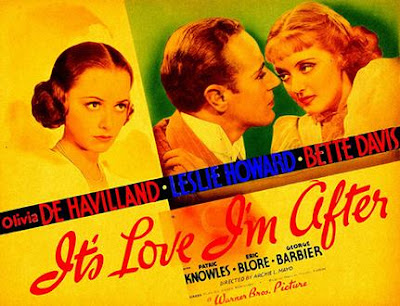Famous for his creepy LIGHTS OUT radio show, Arch Oboler also turned out the occasional film. Specializing in a sort of TWILIGHT ZONE meets ONE STEP BEYOND shtick, over-the-air he could be counted on for a decent jolt or two. A result undelivered on film, a medium he had little aptitude for. Every shot, every edit a dud; pacing, performance, decor, composition, a checklist of poor choices. Especially when he tried something showy. No Edward D. Wood Jr., production standards @ M-G-M provided a certain level of polish. But maybe that just makes it all worse. In this ‘daring’ drama, an over-parted Phyllis Thaxter plays a just-engaged schizophrenic with a split personality disorder. Running away from the evil voice inside her head*, she heads east to NYC where she finds a job, a lawyer boyfriend, and an old flame to murder. But who did the killing? Angel Phyllis or Devil Phyllis? Either way, someone’s going to the electric chair which should take care of the both of them. Even kindly psychiatrist Edmund Gwenn can’t work up a defense after seeing the truth. Maybe at the time, this passed with its bold new topic, but hard to see how. A real stinker; and capped with a cop-out ending that couldn’t have satisfied then or now.
ATTENTION MUST BE PAID: *According to IMDb, that’s classic film noir bad girl Audrey Totter speaking inside Thaxter’s head as her evil alter ego. Best thing in here.
SCREWY THOUGHT OF THE DAY: What a lot of screwy camera set ups from six-years-and-out lenser Charles Salerno.
LINK: As always when Oboler gets a mention, we’re happy to provide a LINK to his famous LIGHTS OUT 10 minute creep-a-thon masterpiece, THE DARK! It’s the one with a once-heard/ never-forgotten sound effect of a man turned INSIDE OUT!! Nothing touches the original broadcast, but it’s hard to track down on youtube. Here’s a later version: https://www.youtube.com/watch?v=mSmEh8TxswQ






























